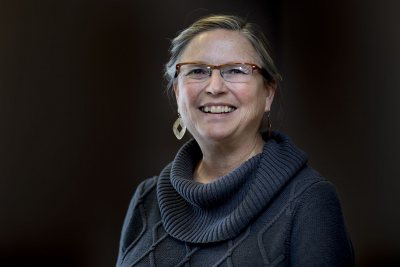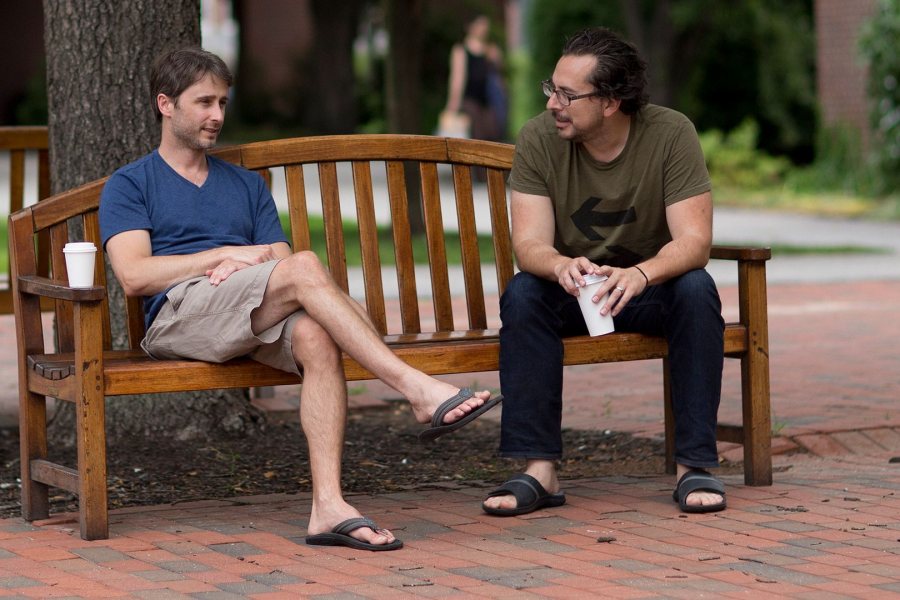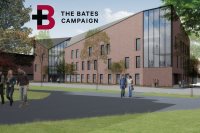
The annual influx of fresh faculty at Bates, especially younger scholars who are boarding the tenure track, got us thinking about class consciousness.
Whoa, hold the phone! — not the socio-economic kind of class consciousness that informs so much coursework at Bates, but class-year consciousness.
It’s quite evident in terms of students. We know that first-years, sophomores, juniors, and seniors all have their characteristic joys and anxieties.

Kathryn Graff Low is acting dean of the faculty and vice president for academic affairs during 2017-18. (Phyllis Graber Jensen/Bates College)
More practically, we know that Bates juniors tend to study abroad, seniors write theses and get their own week in the spring, and eager first-years make great work-study hires because, with luck, you can train them once and they’ll be around for years.
Perhaps less obvious, but equally telling, are ways that faculty can be grouped.
Every August, for instance, Bates provides a new-faculty orientation. Just as Student Affairs programming is an investment in student achievement at Bates, new-faculty orientation is one facet of the investment that the Office of the Dean of the Faculty makes in faculty success.
As much as it’s about providing nuts-and-bolts information to newcomers, the orientation is also intended to encourage the newbies to bond. They might, in a sense, even become a class of their own that’s somewhat analogous to the student class years.
“A cohort gets built of people you can talk to about your teaching, who you can ask for assistance, who will visit your classes,” says Kathryn Low, interim dean of the faculty and a professor of psychology. “I think that sense of community building and support is really important and perhaps distinctive” to Bates.
You can also group faculty by generation. And from the institutional perspective, that’s what rattles the glasses and plates in the cupboard. Bates is now in the midst of a wave of faculty retirements that are the direct consequence of a wave of hiring 30 and 40 years ago, as the college expanded the faculty in a successful effort to raise its national academic profile.
Last year, Bates hired 13 people (not counting replacements for professors on sabbatical, etc.), “which is an enormous number” for a faculty that totals around 200, says Low. During the current academic year, the college is seeking to hire six tenure-track faculty — fewer than last year, but still a significant number. And Low sees searches at this level continuing for a couple more years.

Assistant Professor of Physics Travis Gould, left, and Associate Professor of Neuroscience Jason Castro are typical of newer faculty who are running with the Bates tradition of collegiality and cross-discipline collaboration. They’re working on a project to image large-scale brain structures at the resolution of a single cell. (Phyllis Graber Jensen/Bates College)
Bates, of course, isn’t a tough sell to potential profs. “We’re highly competitive in a variety of ways,” says Low, from salary (especially in the context of Maine’s relatively low cost of living) to the support the college gives for research.
“The college is just a highly collegial and supportive place,” Low adds. “So in that sense I think faculty find Bates appealing.”



